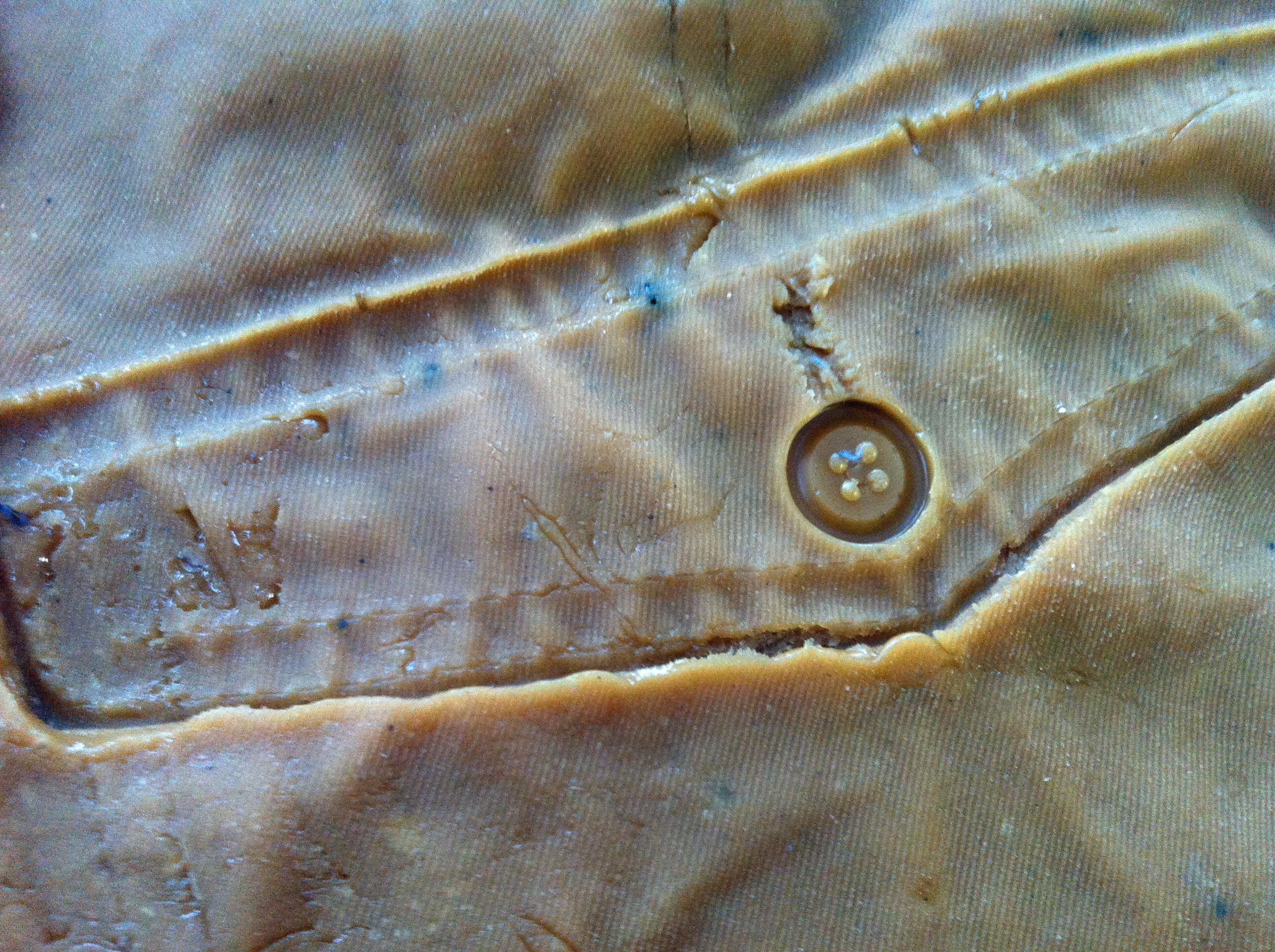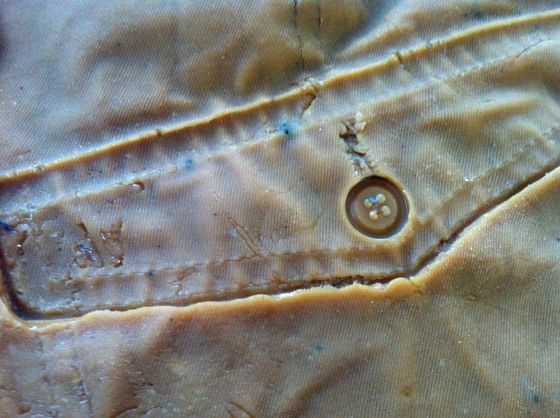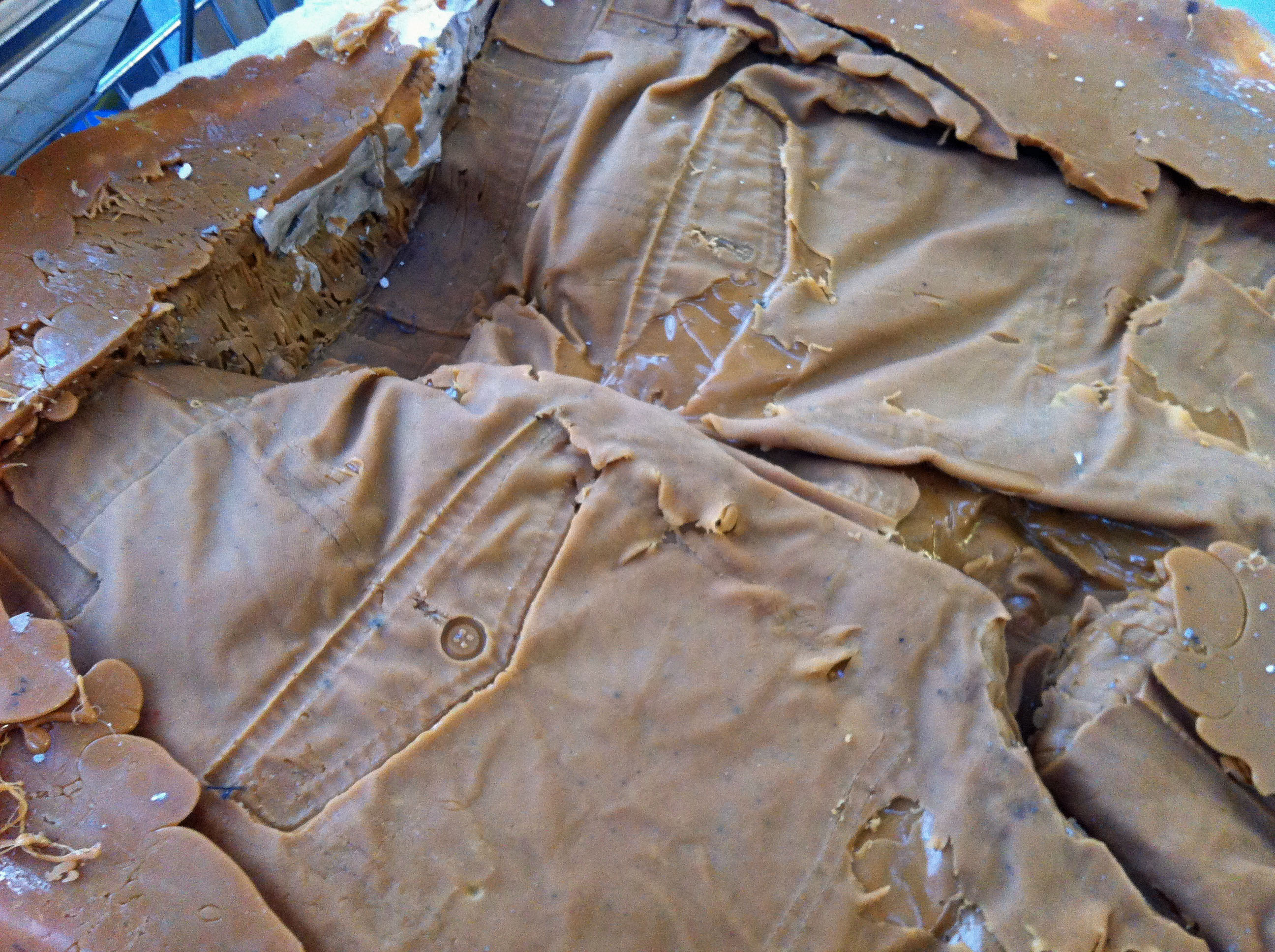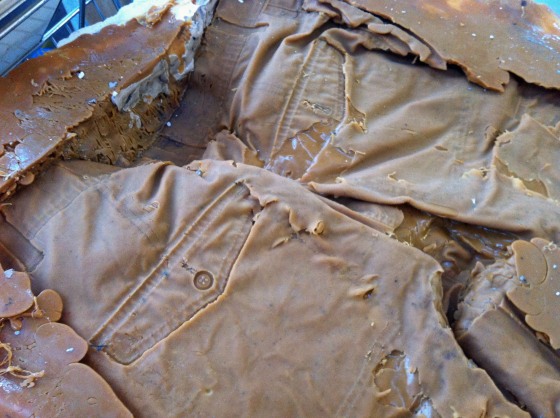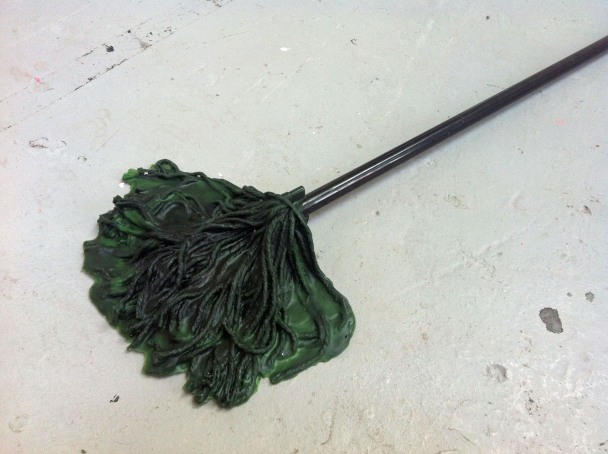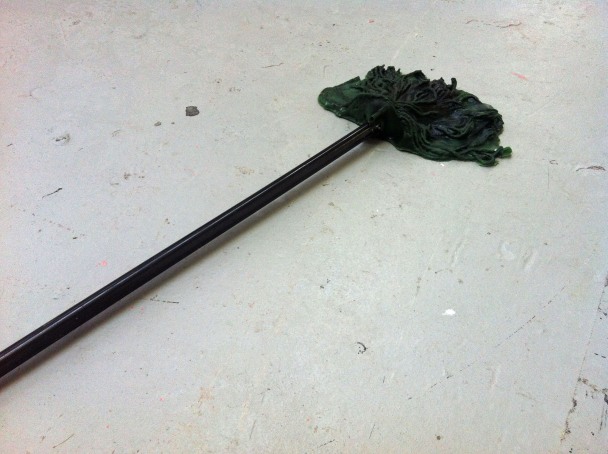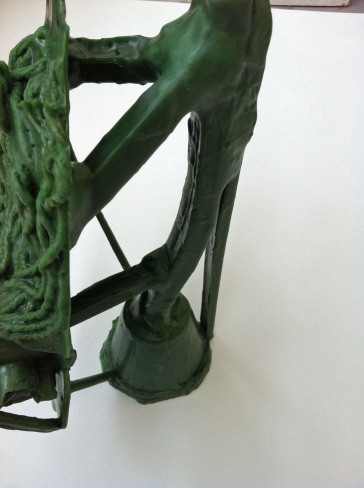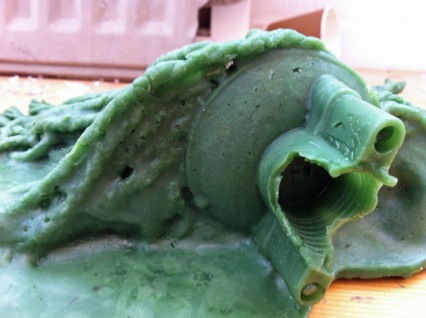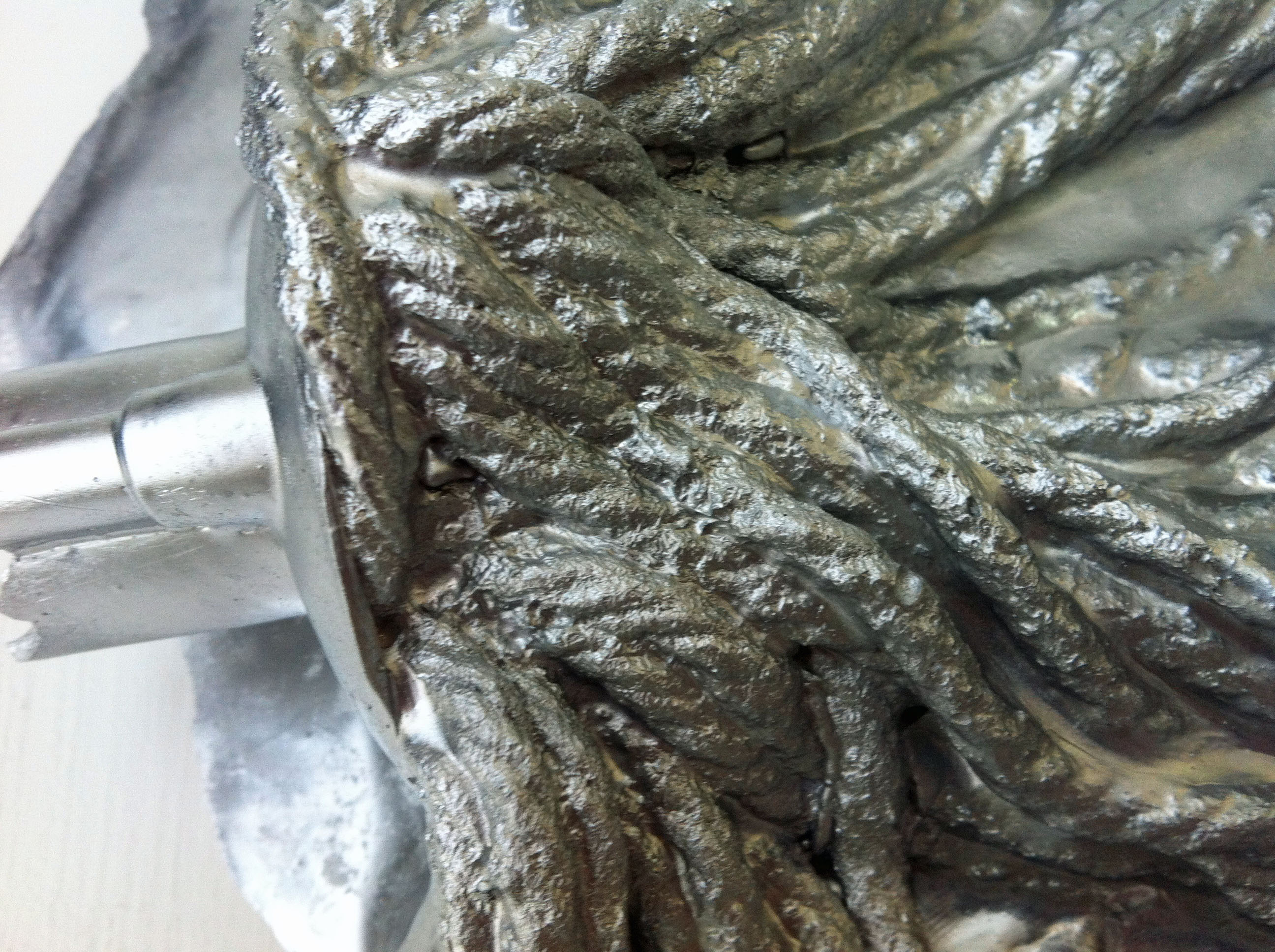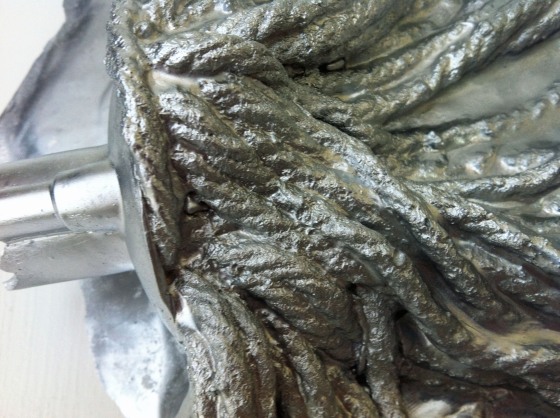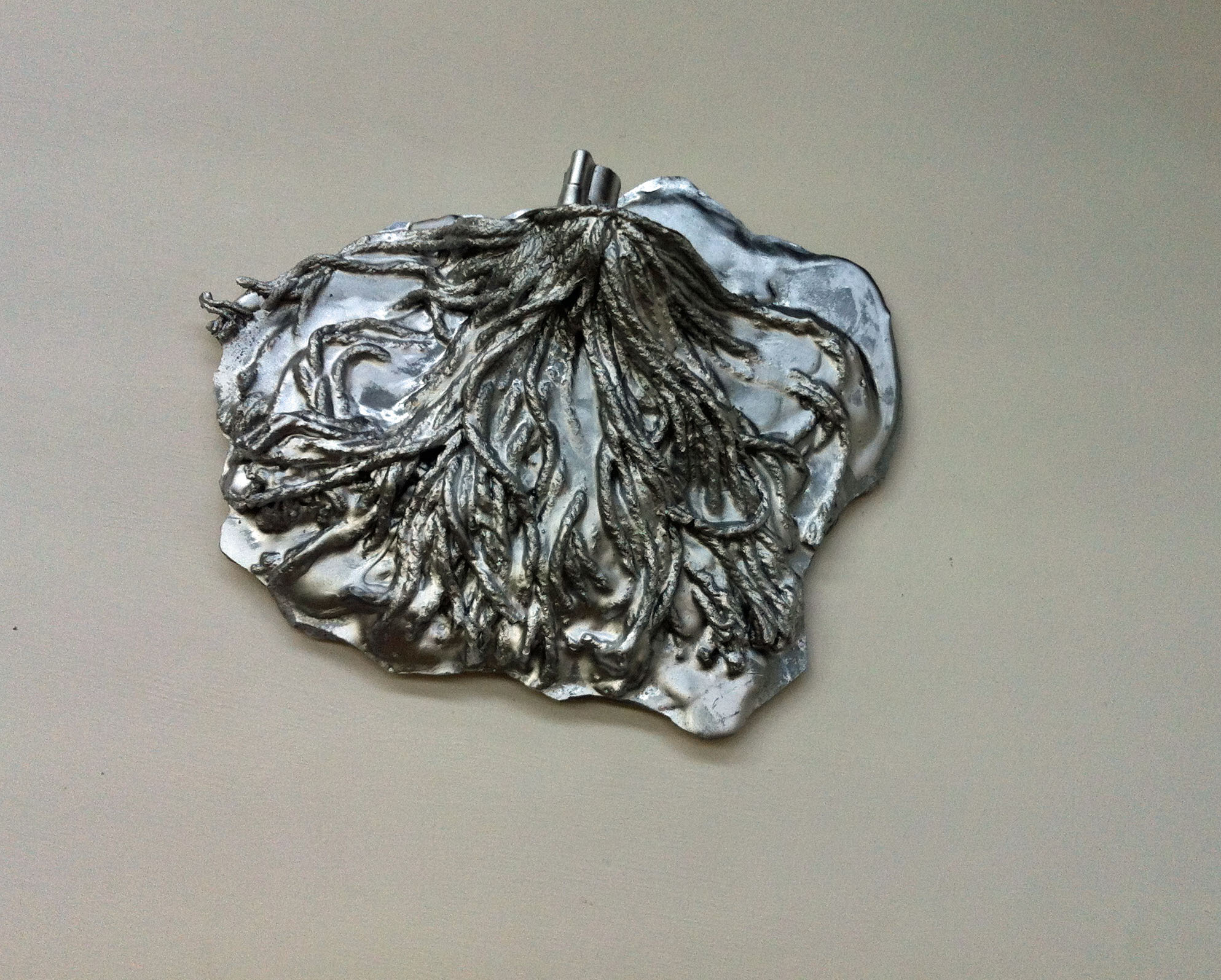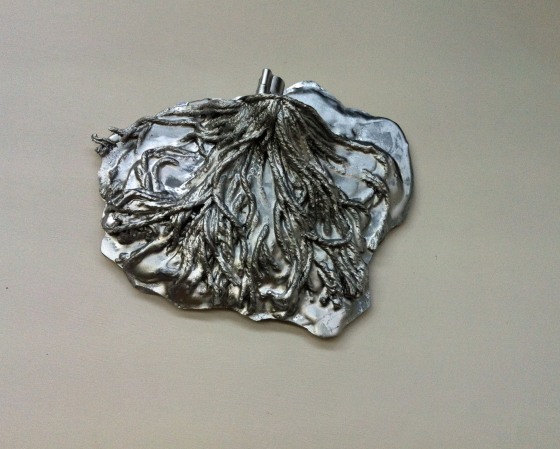What do you make?
I make playfully distorted objects in the form of monuments that explore our everyday.
What motivates your making?
The reason I look at the everyday is to see what remains hidden in our lives, that would only be realized when altered. And to show us how to look more critically, to train attention to our own experience. Its only when altered that we utilize the full potential of that object and identify its place without our own ‘everyday’
George Perec talks about the everyday being the realm of the unnoticed and the overlooked that is everywhere and at the same time nowhere, It exists until it is realized. the everyday is overlooked because our frequent encounter to it.
My intention is to change the objects place within that everyday context, and giving it character to be noticed, giving the object a realization. Although my work is looking at ‘the everyday’ my work is not of the everyday as through my distortion and my own hand it becomes something separate, that is in immediate relation and reference to the everyday, because once the everyday is realized as the everyday it becomes separate, and more of an artifact of the everyday.
How do you decide on the materials/means/objects for that making?
I decide on my subject object normally by chance. What I find happens is that I will stumble across a object I consider to be completely mundane, and unflattering. The rules I usually accidentally set myself is the object has to have a level of detail, that will ultimately make the reproduction/manipulating more skillful. I think this is important in relation to my concept of the realization of that object. Materials I like to use are solid, solid because it gives my work a sense of stability in its manipulation, In particular I feel like bronze is most appropriate because it carries a obvious reproductive value, also a historical context relating to ornament and monument.
Where/how do you plan to exhibit?
In terms of exhibiting the work I feel that once fully constructed the work will be most forfilled if it is exhibited in a public plan that is potentially of the everyday? I am in debate with myself over exhibited in the context of a white space with a white floor plinth (where the form and process/skill will be most noticeable) or in the context of the everyday, that will keep a consistency to my concept but perhaps at the risk of loosing some of the labour. I also am not sure yet if my mop piece will stand vertically on its twisted handle, or if it will lay horizontally.
Problems I feel the work is having?
I am concerned with the time I am investing to creating just one of these works. The processes involved in creating these pieces of work I feel are essential, but I feel like I am not producing enough work in terms of the unit.
